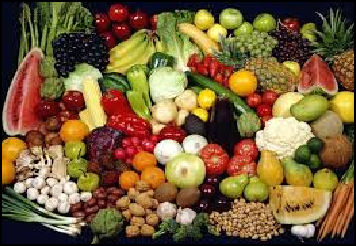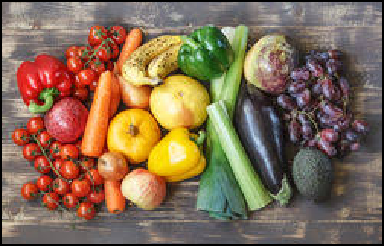NUTRITIONAL SUPPORT
Notes from lecture by Dr. Zeno Charles-
Our diet and nutrition affect how we react to life around us. Being aggressive or less aggressive (more passive) in various circumstances due to the biochemical processes that occur from the food and nutrient ingested.
A World War ll study -
Study consists of pregnant women during the famine
Results of their offspring at age 18 to 19 years old
- High Impulsiveness
- High Law-
Breaking - Aggressive Behavior
- Problems with social interaction and connection with others
Violence and Food:
Studies in prisons, jails, and juvenile detention facilities:
Dietary supplementation (3 months) with vitamins, minerals, and fatty acids resulted in less aggressive behavior (>30%decrease)
Norwegian Study (repeated in 3 other countries)of Children eating highly processed foods (high sugar, high fat, low fiber)
Increased: aggression, sadness, anxiety, depression
The Human Equation:
Man (Living Soul) unique living being = Dust (water & clay) physical-
Watch Lecture by Dr. Lyndi Schwartz, M.D. Internal Medicine
“Food As Medicine” fast forward 29 minutes 45 second to the lecture Click Here!
___________________________
Anti-
- Vitamin A
- Vitamin C
- Vitamin E
Antioxidant Rich Vegetables: in order of level of antioxidant potential, highest to lower
1. Garlic – 60% less colds/year 70% fewer days affected
2. Kale
3. Spinach
4. Brussels sprouts
5. Broccoli flowers
6. Beets
7. Red bell pepper
8. Onion
9. Corn
10. Eggplant
Antioxidant Rich Fruits: in order of level of antioxidant potential, from highest to lower
1. Blueberries – marked decrease in oxidative stress markers, helped with muscle recovery after exercise
2. Blackberries
3. Strawberries – improved pre-
4. Raspberries
5. Plums
6. Oranges
7. Red grapes
8. Cherries
9. Kiwi Fruit
10. Pink Grapefruit
Elderberry Syrup and Influenza:
When flu symptoms begin, in less than 24 hrs, take orally 1 Tbsp four times daily for 3 days
93% improvement within 2 days
92% percent of placebo group did not improve until day 6
Zinc:
Zinc acts as a co-
Zinc protects cells against oxidative damage, acts in the stabilization of membranes in part by suppressing Copper
Zinc induces the synthesis of metallothioneins, which are proteins effective in reducing hydroxyl radicals and sequestering reactive oxygen species produced in stressful situations.
Multiple studies provide strong evidence for the role of zinc in the protection against oxidative stress in several diseases
Also suppresses or shuts down the replication of multiple viruses:
- Influenza
- Rhinovirus
- The common cold coronavirus
Oral Zinc supplementation reduces the incidence rate of acute respiratory infections by 35%, shortens the duration of flu-
Legumes (one cup) with zinc: highest to lower
Baked beans, Adzuki beans, Firm Tofu, Catjang beans, Lentils, Chickpeas, Large White beans,
Lupin beans, Black eyed peas
SEEDS/NUTS (3oz.) high in Zinc: highest to lower
Hemp seeds, Pumpkin seeds, Pine nuts, Cashews, Sunflower seeds, Chia or Flaxseed, Brazil nuts/almonds
To Increase Melatonin:
Early to bed, early to rise
Regular bedtime
Outdoor in sunlight in the day, increasing serotonin production in day, and getting Vitamin D from direct sunlight
Sleeping in darkness at night
Eating foods high in calcium, B-
Foods Rich in Tryptophan for better Melatonin producton: (mg/100/grams), from highest to lower:
Tofu, Roasted pumpkin seeds, Gluten flour, Seasame seeds, Almonds, Black Eyed peas, Cowpeas, Whole milk
Foods High in Melatonin: from highest to lower
Oats, Corn, Rice, Ginger, Tomatoes, Banana, Barley
Eat as many CLASS ONE foods DAILY as possible. Eat CLASS TWO foods less frequently and less quantity
This chart was produced by Dr. Wes Youngberg:
Click Here for Chart of First and Second Class Foods

